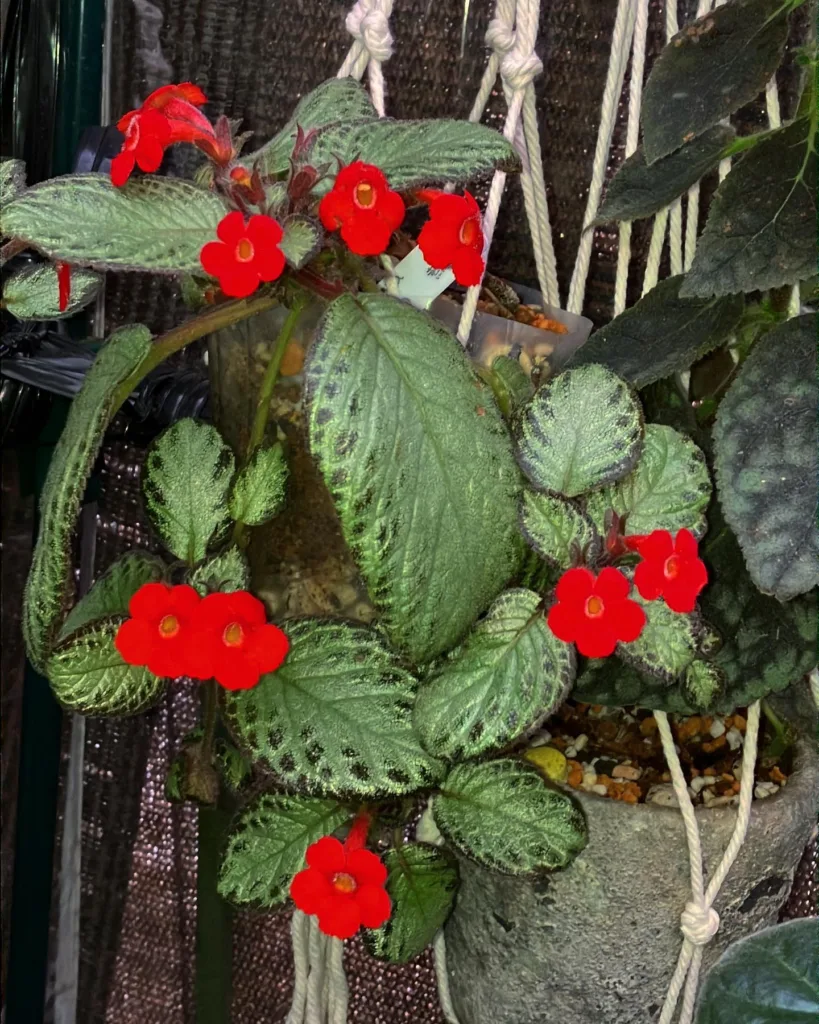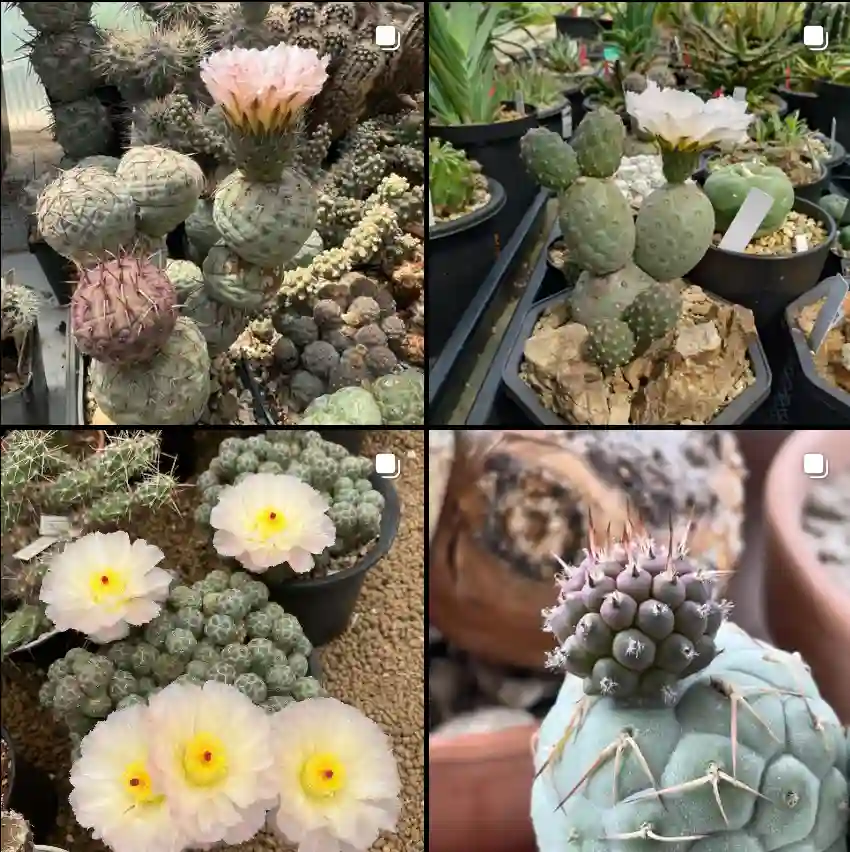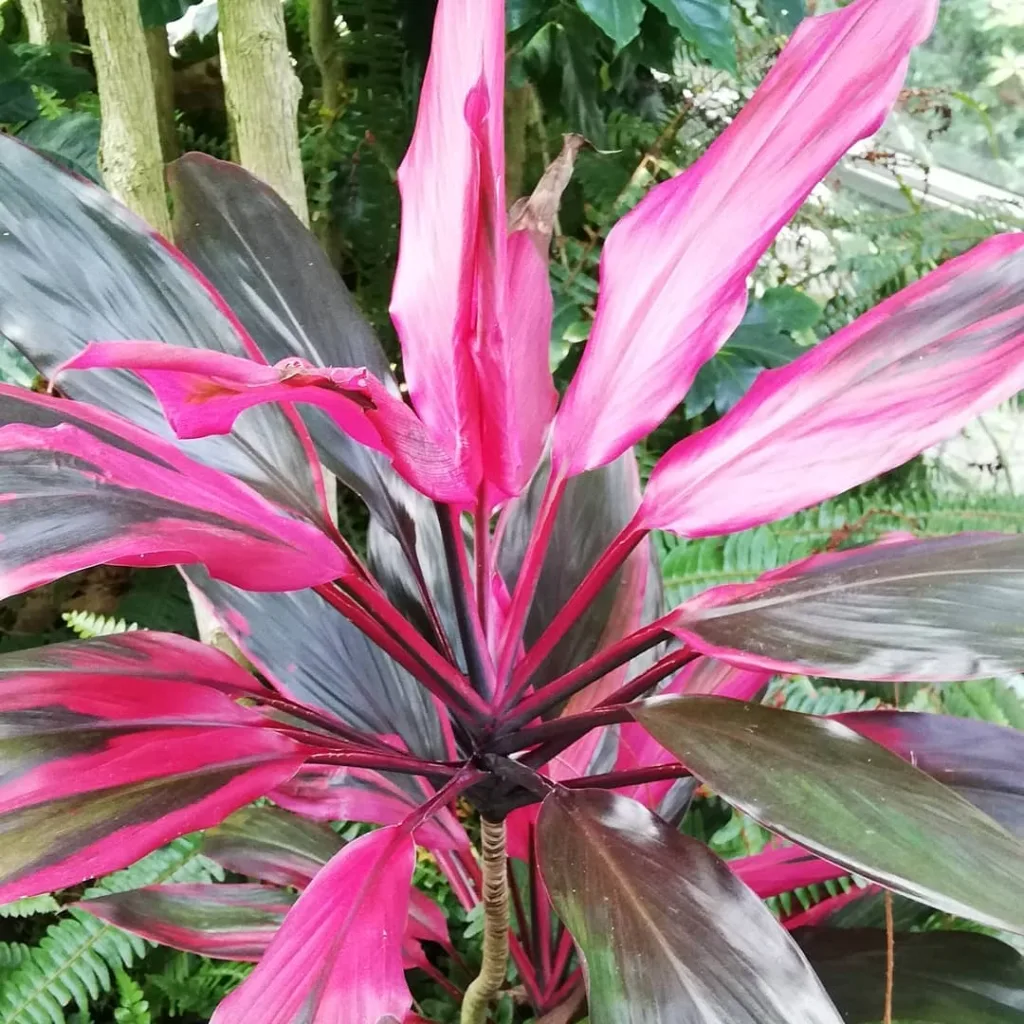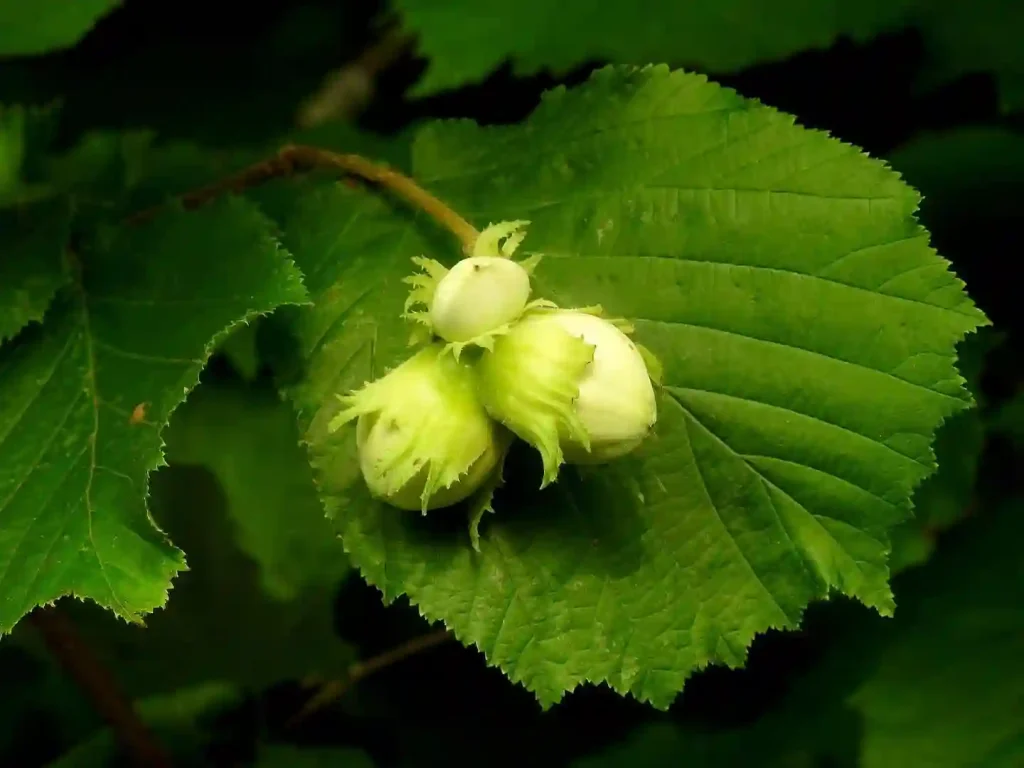Angel’s Trumpets: A Love Affair with Brugmansia
My name is Ferb Vu, and I’m captivated by the alluring beauty of Brugmansia, commonly known as Angel’s Trumpets, belong to the Solanaceae family. These stunning flowering plants, with their large, pendulous blossoms and intoxicating fragrance, have completely stolen my heart. Native to the tropical regions of South America, they bring a touch of exotic charm to any garden lucky enough to host them.
A Diverse Family of Delicate Beauties
What fascinates me most about Brugmansia is the sheer variety within the genus. Each species boasts unique characteristics, making them a joy to collect and cultivate. Let’s take a closer look at 9 recognized species:
- Brugmansia arborea: Brugmansia arborea, commonly known as angel’s trumpet, is a tropical shrub or small tree native to the Andean regions of South America. Characterized by its large, trumpet-shaped flowers that can reach up to 12 inches in length, the blooms typically appear in shades of white, yellow, or pink. This species can grow up to 10-15 feet tall and prefers well-drained soils and a sunny location. Due to its striking flowers and pleasant fragrance, it is a popular ornamental plant, although all parts of the plant are toxic if ingested. Plant FAQs: Brugmansia Arborea – Angel’s Trumpet
- Brugmansia aurea: Brugmansia aurea, also known as golden angel’s trumpet, is native to the northern Andes and features distinctive, large, golden-yellow to creamy white flowers that hang gracefully from its branches. This species is known for its vigorous growth, often reaching heights of 10 to 20 feet. The leaves are broad and lush, providing a tropical appearance. It thrives in warm climates and well-drained soils, making it a favorite among gardeners looking to add a dramatic flair to their landscapes. Like other Brugmansia species, it is toxic and should be handled with care.
- Brugmansia × candida: Brugmansia × candida, commonly referred to as the white angel’s trumpet, is a hybrid species known for its stunning, pure white flowers that emit a sweet fragrance, particularly in the evening. This plant can grow up to 10 feet tall and prefers warm, humid conditions, often found in tropical and subtropical gardens. Its large, lush foliage adds to its ornamental appeal, making it a popular choice for landscaping. As with other Brugmansia, all parts of the plant are toxic, and it requires careful handling to avoid ingestion.
- Brugmansia insignis: Brugmansia insignis, also known as the large-flowered angel’s trumpet, is native to the Amazon Basin and is notable for its impressive, large, and often pink or lavender trumpet-shaped flowers that can grow over 12 inches long. The plant typically grows as a shrub or small tree, reaching heights of 10 to 15 feet. It thrives in warm, humid climates and prefers partial shade to full sun. The striking flowers and appealing fragrance make it a favorite among gardeners, although caution is advised due to its toxic properties.
- Brugmansia × rubella: Brugmansia × rubella, or the pink angel’s trumpet, is a hybrid known for its lovely pink flowers that can reach up to 12 inches in length, often with a pleasant fragrance. This species typically grows as a large shrub or small tree, reaching heights of 8 to 12 feet. It prefers a sunny location with well-drained soil and is commonly cultivated in tropical and subtropical gardens for its ornamental value. Like all Brugmansia species, it contains toxic compounds, making it important to handle with care.
- Brugmansia sanguinea: Brugmansia sanguinea, often referred to as the red angel’s trumpet, is distinguished by its vibrant, deep red to orange flowers that can reach up to 10 inches in length. Native to the Andean region, this species grows as a small tree or large shrub, reaching heights of 6 to 15 feet. It thrives in warm, humid environments and prefers partial shade to full sun. The striking colors and large, hanging blooms make it a stunning addition to gardens, though it is crucial to remember that all parts of the plant are toxic. Plant FAQs: Brugmansia Sanguinea – Red Angel’s Trumpet
- Brugmansia suaveolens: Brugmansia suaveolens, commonly known as the fragrant angel’s trumpet, is recognized for its large, pendulous white flowers that often exhibit a strong, sweet fragrance, especially during the evening hours. This species typically grows to heights of 10 to 15 feet and prefers warm climates with well-drained soil. Its lush, green foliage and beautiful blooms make it a sought-after ornamental plant in tropical gardens. However, it is essential to handle this plant carefully due to its toxic nature.
- Brugmansia versicolor: Brugmansia versicolor, known as the multicolored angel’s trumpet, is celebrated for its striking flowers that can exhibit a mix of colors, including peach, pink, and white. Native to the Andean regions, this species typically grows as a shrub or small tree, reaching heights of 8 to 12 feet. It thrives in warm, humid conditions and prefers partial shade to full sun. The unique coloration of its flowers adds visual interest to gardens, although caution is advised due to the toxic compounds present in all parts of the plant.
- Brugmansia vulcanicola: Brugmansia vulcanicola, or the volcanic angel’s trumpet, is a lesser-known species native to volcanic regions of the Andes. It features large, trumpet-shaped flowers that can vary in color, often showcasing soft pastel shades. This species typically grows as a medium-sized shrub, reaching heights of 5 to 10 feet. It prefers well-drained soils and can thrive in both sunny and partially shaded locations. Like other Brugmansia species, it is toxic if ingested, making careful handling essential for gardeners and enthusiasts alike.
More Than Just a Pretty Face
While the beauty of Brugmansia is undeniable, these plants are more than just ornamental additions to a garden. They have a rich history of traditional use in indigenous cultures of South America. Shamans and healers employed various parts of the plant for medicinal and spiritual purposes. However, it’s crucial to remember that all parts of Brugmansia are toxic and should be handled with care.
Cultivating these Tropical Wonders
Growing Brugmansia can be a rewarding experience. They thrive in warm climates with plenty of sunlight and well-drained soil. Regular watering and fertilization are essential for optimal growth and flowering. While they can tolerate some drought, they perform best with consistent moisture. Pruning is necessary to maintain their shape and encourage bushier growth.
A Passion Shared
My love affair with Brugmansia continues to blossom. I’m constantly amazed by their resilience, their diversity, and their sheer beauty. I find immense joy in nurturing these plants, watching them grow, and sharing their splendor with others. Whether you’re a seasoned gardener or just starting out, I encourage you to consider adding a Brugmansia to your collection. You won’t be disappointed.
If i die, water my plants!



